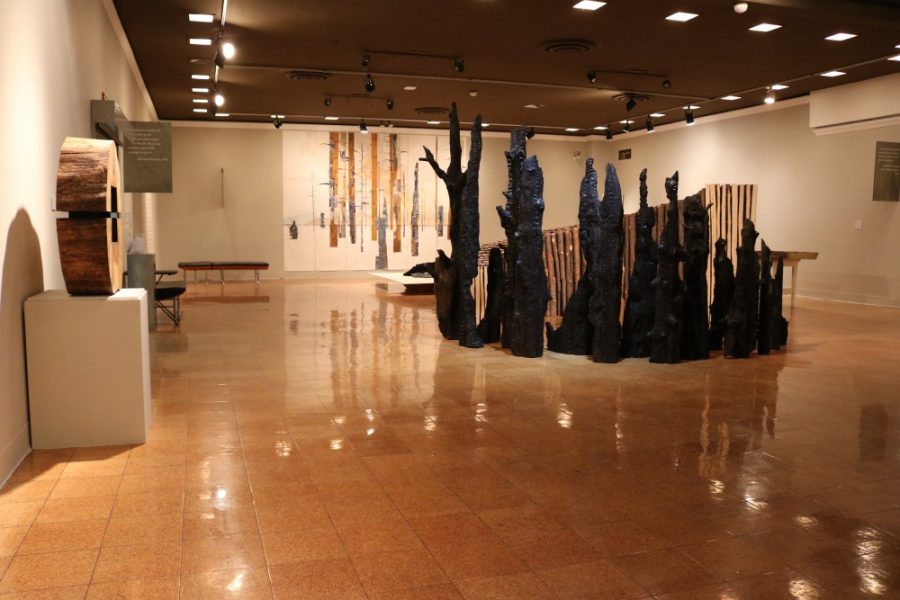For as long as there have been artists, there has been art. From the first cave paintings done by early humans to the masterpieces of Michelangelo to the colorful pop art of Andy Warhol, art has been an important part of society and culture. Each piece tells a story about the artist and the time, place and culture in which they created their work, thus making art a way to study people of the past.
Those who study art history at the UA study works of art from all throughout history in an effort to learn about the people and places who influenced their creation.
“In the most broad sense, art history is about understanding the human condition through physical objects,” said Larry Busbea, art history professor and the art history division head.
Busbea found his passion for art history in a high school Advanced Placement class and decided to pursue it in college, but many of the students (approximately 60 majors and 30 minors) in the program aren’t given the opportunity to take such classes.
Professor Julie-Anne Plax began college pursuing a degree in fashion design, but switched her field of study after finding an interest in an art history class in which she was enrolled. She went on to earn her master’s and doctorate degrees at the University of Missouri and has taught at the UA for 15 years.
Amanda Greer, an art history senior, worked in bank management before deciding to follow her passion and return to school.
“I wanted to know why these paintings were painted and what they mean and what they meant at the time they were being painted,” she said.
Greer decided to quit her job and return to school to study art history, where she found her interest in Scottish artwork from the early modern era. Greer discovered that the art from this society and period had been overlooked and under-researched, and she decided to change that.
“I like to take those works of art and research them … to where I bring attention to those works of art. That’s my whole goal,” Greer said.
The art history program at the UA offers its own master’s and doctorate programs in which there are about 12 and six students each. In these programs, students can continue their research and some can become qualified to teach in the field.
Marie Teemant is pursuing her master’s in art history with a specialty in photography from the 1800s and the turn of the century. Teemant, completed her undergraduate in studio art, specifically photography. While completing her undergraduate degree, she took several art history classes in which she learned how important it is for art students to understand the work of the past.
“To be an artist, you need to understand where you fit within this larger conversation, and that’s really what art history is,” Teemant said.
She is also involved in the Art History Graduate Student Association’s symposium, which is being held this Friday at the University of Arizona Museum of Art. Teemant will be reading one of her essays on 20th century photography at the event. The symposium is free and open to the public.
No matter what the background of those studying art history is, one thing they all share is a desire to learn about people. Through their exploration of artwork from all times and societies, art history majors endeavor to learn about these artists, themselves and humanity.
“You really are forming a record that’s very important for everyone’s understanding of human culture,” Busbea said. “You start to look at the world differently.”
Follow Victoria Pereira on Twitter.









